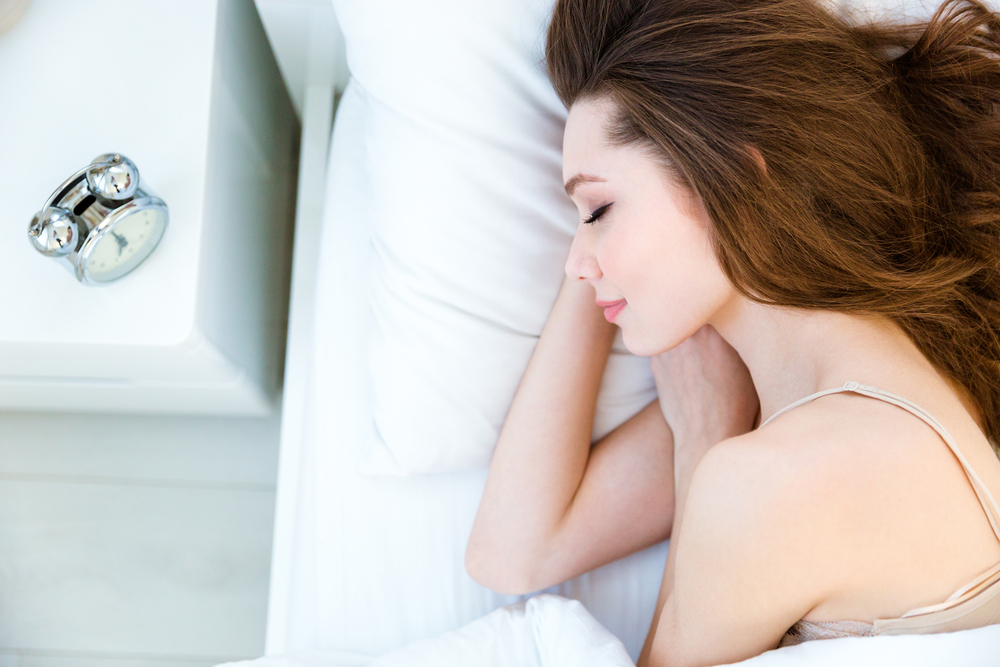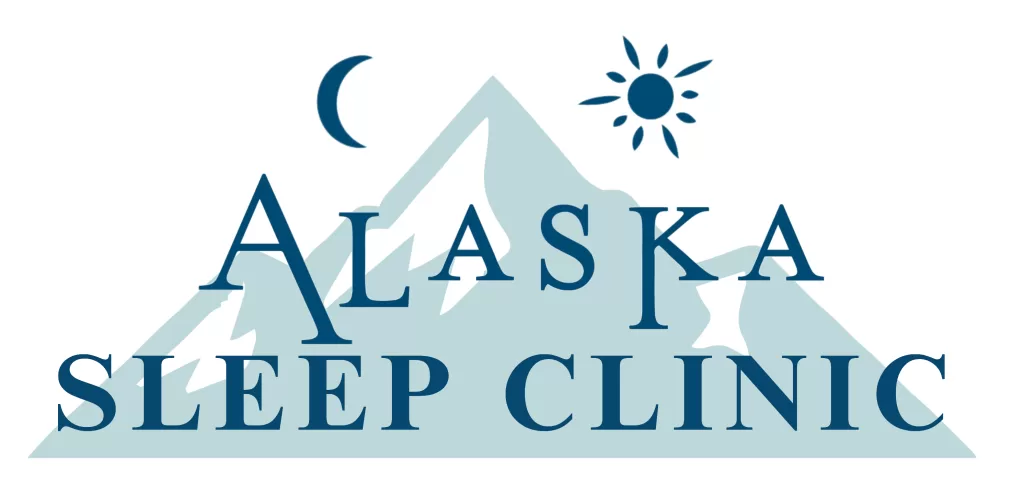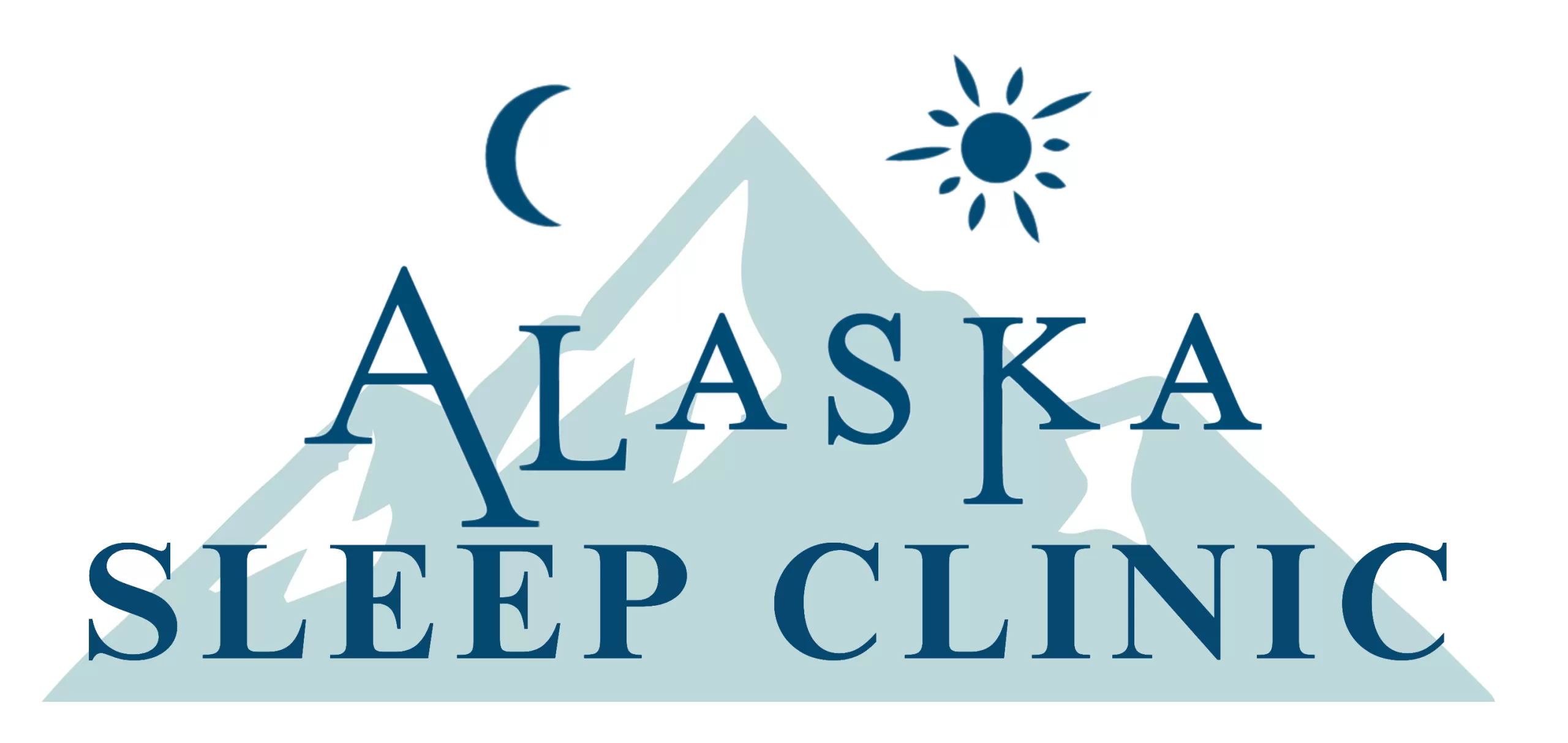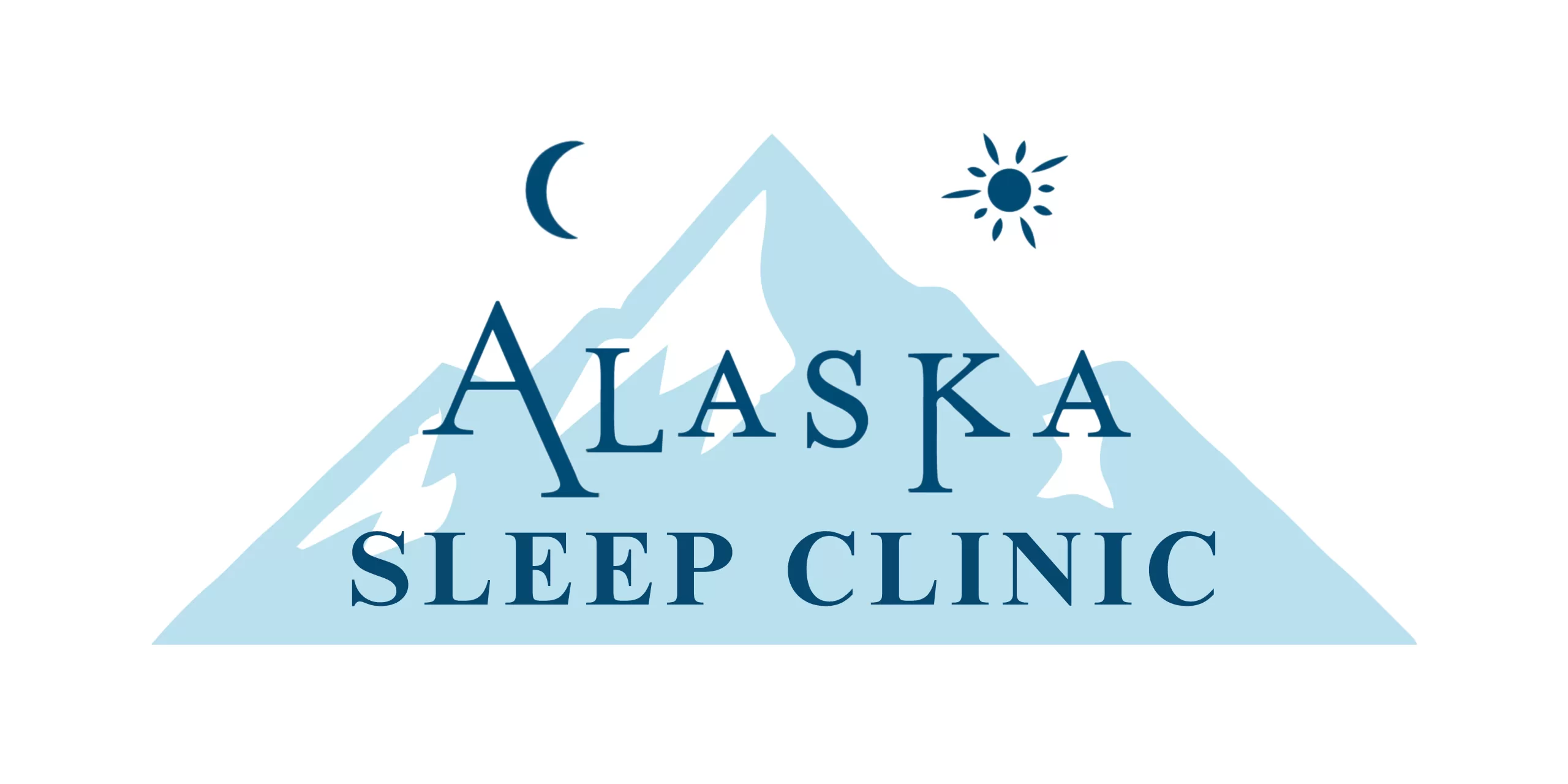
Create and Stick to a Sleeping Schedule
To beat insomnia, try sleeping and waking up at the same time every day, including weekends. If you still find it hard sleeping even with a schedule, you can use the Brain Driver’s tDCS device to improve your sleep quality. If you want to buy equipment that will enable you to sleep better, check out the Brain Driver reviews for more information.
Get Enough Sunlight For Production of Melatonin
Exposing your body to enough sunlight helps promote better and quality sleep. Naturally, the human body relies on the sunlight to predict what time. It helps the body determine if to produce energizing hormones or to produce ones that will make the body relax or sleep.
When you wake up, expose your body to light to let the body know that it is time to wake up. Stay exposed to the natural light throughout the day. Studies indicate that by doing this, you are likely to sleep an hour longer.
Limit Your Intake of Caffeine, Alcohol, and Nicotine
Avoid or limit your intake for alcohol, caffeine, and nicotine. These substances are likely to keep you up for long hours, thus depriving you of sleep.
Avoid Large Portions Of Food Just Before Bedtime
Taking large meals and beverages before you sleep can prevent you from sleeping well. Taking drinks will make you go to the bathroom a few times, thus disrupting your sleep. However, there is no issue in taking a light snack to avoid heartburn.
Exercise Regularly
There are so many health benefits of exercising, including promoting better sleep. Exercising improves the general well-being of the body, reduces depression and anxiety, which promotes quality sleep. While exercising, take into consideration your health to avoid injury.
Avoid Naps
Napping steals away your sleeping time at night. Avoid napping during the day. If it is hard for you to get by without one, limit the number of times you nap a day to once or twice. Your nap time should not exceed 30 minutes and do not nap after 3 pm.
Make Your Bedroom Sleep-Friendly
If you are dealing with insomnia, remove all the distractions from the bedroom. Keep your room dark, quiet, and at comfortable temperatures. Remove the TV, computer, phones, or any electronic device that is likely to steal your sleeping time. Additionally, keep away all the clocks and watches to avoid checking time for a smooth undisrupted sleep.
Go to Bed Early
Studies show that people who sleep early are most likely going to have a better sleep. Sleeping late makes a person get overwhelmed by negative and repetitive thoughts that keep you from sleeping well.
Eat More Pro-Sleep Foods
The food you eat can determine whether you will sleep well at night or not. Different foods contain compounds that make your body to either relax or become active. Consider adding to your diet these foods to achieve quality sleep.
Cheese is rich in tryptophan, an amino acid that helps produce the neurotransmitter serotonin, enabling the body to relax and sleep.
Cherries are a source of melatonin, a hormone that aids sleep. Drinking the two glasses of cherry juice daily can increase your sleep for up to 90 minutes.
Almonds are rich in tryptophan, calcium, and magnesium, which, according to experts, are essential for achieving quality sleep.
Bananas are rich in carbohydrates and tryptophan that promote healthy sleep. Additionally, they contain potassium and magnesium, which help muscle relaxation hence better sleep. More foods that are pro sleep are low-fat milk, salmon, and whole grains.
At-Home Sleep Study
Patients suspected of having obstructive sleep apnea (OSA) will have to have a sleep study performed to properly diagnose the disorder. There are two possible tests for determining a diagnosis: an attended polysomnogram (PSG) and an unattended home sleep test (HST).
Attended PSG tests are conducted in a sleep lab under the supervision of a registered polysomnographic sleep technologist (RPSGT). In addition to sleep apnea, PSGs can diagnose up to 80 sleep disorders by using a variety of equipment that monitors brain activity, eye movements, respiratory effort, blood oxygen saturation, heart rate, body movements, and more.
HSTs on the other hand are used only in the diagnosis of sleep apnea, and are performed by the patients themselves. Patients taking a HST will bring home their equipment to use overnight after being given a tutorial on how to use the equipment. HSTs are very simple and easy to use. HSTs are also limited in the data they capture to respiratory effort, blood oxygen saturation, and airflow. Some HSTs can also capture breathing movement and body positions.
HSTs are increasingly being used in the determination of obstructive sleep apnea. However, there are some important considerations to make when choosing between having an in-lab sleep study and an at home sleep test. Here we explain those considerations.
Benefits of Home Sleep Tests
Before we dive into some of the challenges of home sleep testing, it’s important to talk about the benefits that HSTs have provided for sleep medicine.
Cost convenience. HSTs are much more affordable than PSGs. At about 1/4 of the cost, HSTs are an attractive alternative to PSGs to both insurance companies and patients paying out of pocket. Many insurance companies are requesting an HST as the first-line for diagnosing sleep apnea.
Comfort and accessibility. Being able to have a sleep test in the comfort of one’s own home makes it more convenient for patients who either don’t like the idea of staying overnight in a lab, live in a remote location, or have other medical problems that could prevent them from sleeping in a lab.
Scheduling. It’s a lot easier to have patients show up to a facility and receive a HST device, than it is to fill beds. Sleep labs can only see as many patients each night as they have beds. Sleep clinics also have to have sleep technologists on staff to monitor the study. Most sleep technologists work with two patients per night, although three patients in a night can be done.
Good tool for high risk OSA patients. Patients found to be at high-risk for sleep apnea based on medical history, family history, and a physical evaluation are good candidates for HSTs. Signs to look for in high risk patients include the patient’s BMI, neck size, age, craniofacial anatomy, and upper airway evaluation. For properly screened patients, the HST is designed to determine the severity of sleep apnea, not just the existence of it.
Conclusion
Insomnia is a problematic condition that affects your health and productivity. If you have mild insomnia, implement these tips to improve your quality of sleep. If you have acute insomnia, seek professional intervention.
While it’s true that there are some issues with choosing a HST over a PSG to diagnose sleep apnea, there’s no denying the many benefits that HSTs are bringing to the field of sleep medicine.
Because of the low cost, accessibility, and convenience of use for patients, more people than ever are finally getting their sleep apnea diagnosed and treated. And as long as medical professionals are properly screening their patients for comorbidities, evidence of other sleep disorders, and giving proper patient education on use of HST devices, HSTs will continue to grow as an important diagnostic tool in determining sleep apnea.
If you suspect you have sleep apnea, and want to see if a home sleep test is right for you, contact The Alaska Sleep Clinic for a free 10-minute phone consultation by clicking the link below.











